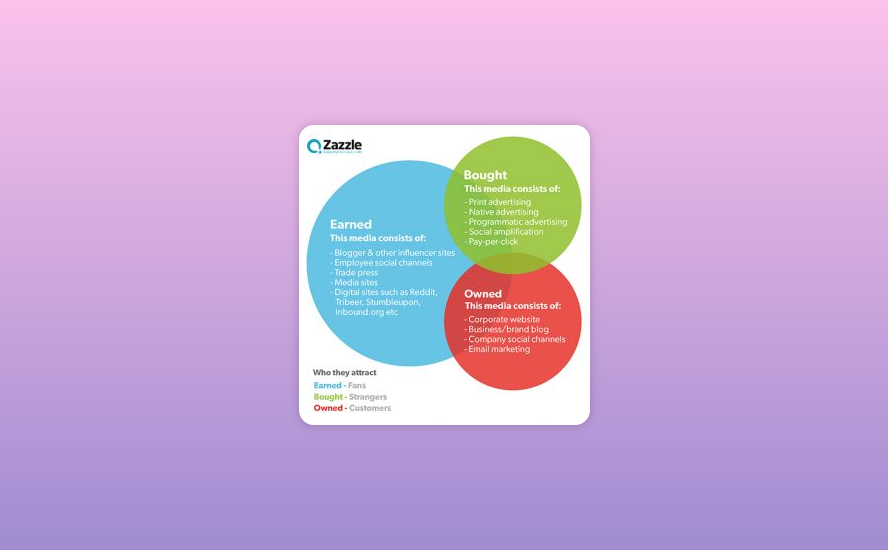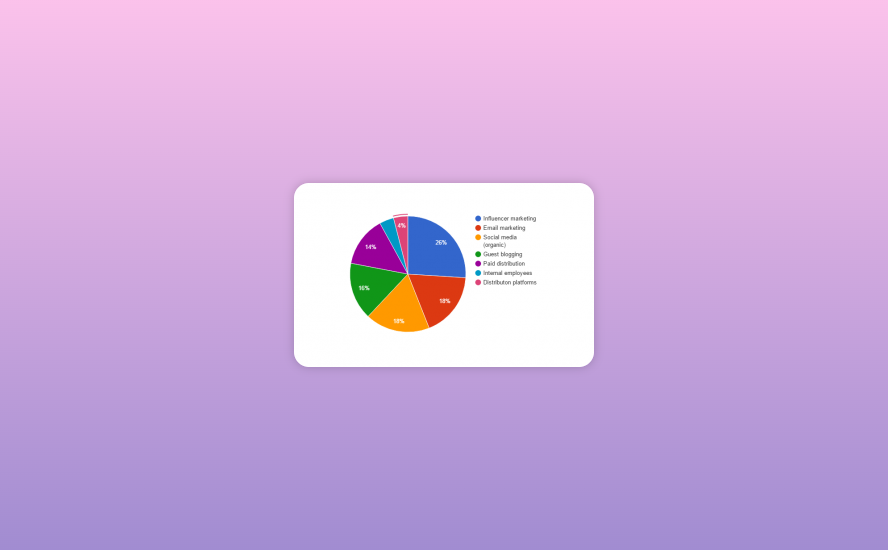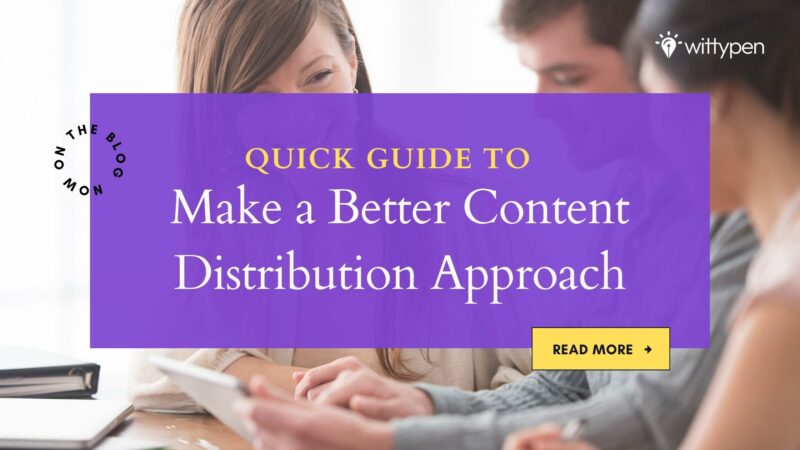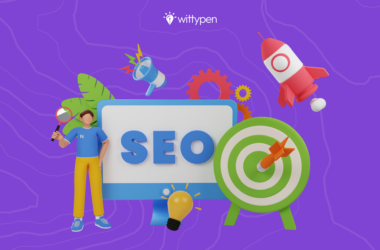Last updated on December 7th, 2022
In Jonah Peretti’s words, “Content is King but distribution is queen and she wears the pants”.
The CEO of Buzzfeed and the co-founder of Huffington Post, Mr. Peretti believes in creating ‘shareable’ content, which has been the USP of the internet media company.
Content distribution can spread your story among a large pool of a very targeted audience. It can be achieved through many media formats using different channels. Even if you are confident that your content provides value, what good is that value if it does not reach your target audience?
Content Creation vs. Content Distribution
Some people might think that content distribution is not as creative as content creation. However, the fact that you have to be creative to distribute what you have produced, requires intricate knowledge of the infinite possibilities and methods in which it can be done.
Your primary objective after content creation is to circulate it to your audience. As important as content creation sounds, your efforts will get you nothing unless others can see what you have created.
In short, content distribution and a content distribution strategy is a significant step to see rewards for the efforts you make, and it demands lots of creativity as well. Social media giants such as Facebook, Netflix, and YouTube, etc have developed multiple tools and algorithms based on its user data to distribute content effectively.
Channels of Content Distribution
Driving organic data to your website or blog can be quite challenging. An excellent content distribution strategy can help you achieve that. When your audience organically accesses your content, you know that they are genuinely interested in you and are not forced to view your content.
Further, when the traffic is organically driven, the chances of people linking back to your content increases exponentially and we know what it means – more SEO traffic!
There are three main channels of content distribution today:
1. Owned:
This refers to disseminating content on your blog, social media, email broadcast, etc. Owned channels of content distribution help you build long-term relationships with your existing and potential audiences. You can engage with your audience using different social media platforms and create a dialogue with them by regularly posting on these platforms to attract more traffic towards your content.
2. Earned:
Here, the audience distributes your content via guest posts, product reviews, shares, retweets, etc. Earned distribution speaks volumes of your content because it provides “social proof” for you and your content.
3. Paid:
This form of content distribution is usually bought. Payments can be made in different forms, but it usually works on CPC (cost per click) model where you pay a certain amount each time somebody clicks to view your content. It can be done using different methods such as display ads, paid search or sponsorships. The major benefit of paid content distribution is that it can be scaled and controlled.

Designing a Valuable Content Distribution Strategy
Designing a valuable content distribution strategy and executing it well, will definitely add value to your business and its growth. Here is a quick guide to making a better content distribution approach.
1. Know your Audience:
Businesses always have a target audience, however, you never know whose ears or eyes the content may fall on. Identify active communities, groups and get involved while providing valuable information on multiple platforms and engaging in dialogue. For example Quora, Reddit, LinkedIn, etc.
2. Influencer Marketing:
Forbes predicts that Influencer Marketing will explode in 2017 as it is only the beginning of personal branding. Top notch brands are integrating with personalities who have a recognizable level of influence over audience and fans. For instance, in July 2017 WATConsult along with Motilal Oswal launched a digital campaign #TheOnlyTIP featuring stand-up comedian Mallika Dua and actor Manav Kaul.
There have been multiple instances of brands integrating with comedians, actors, politicians and other social media influencers to market and distribute content in order to reach a broader audience.
3. Earned Distribution triumphs over Paid Distribution:
You cannot purchase genuine interest and love. When it comes to building relationships, an earned distribution will leave a bigger impact than paid distribution. When people share your content because they relate to it and genuinely want to share it further, it builds an unbreakable chain. So earn it!
4. Identifying Distribution Channels:
Having a pre-defined set of targets and distributive channels, whether owned, paid or unpaid, will only help you execute your strategy well. Capitalize and utilize maximum channels in order to reach a wider audience. Explore!
5. Email Marketing is Still Relevant:
Newsletters, publications, white papers, e-Books or general greetings, e-mail marketing has been used for ages and it is here to stay. Make it exciting by using more tools and refining the way you land up in someone’s email. No Spamming!
6. Tools of Content Distribution:
In this day and age, there are multiple analytical tools to aid you in managing your distribution channels and strategies. Some of these are discussed later in this article.
7. Consistency is Key:
Consistency, and frequency of content distribution are as important as content distribution itself. You do not want your audience/potential customers to lose interest and become disengaged because of it. So keep at it!
Also Read: 25+ Trending Topic Ideas for Content Writing to Rank #1 on SERPs
8. Using the best the technology
Has to offer-Using AI in content marketing and content marketing resources.

Tools of Content Distribution
Here are some of the tools that can help in executing your content distribution strategy.
- MailChimp: Email delivery is one of the pillars of content distribution. It can be painful and time-consuming to write personal emails to each of your audience. MailChimp allows you to send automated emails, marketing messages and other content to your target audience.
- GaggleAmp and Amplify: With the help of these two tools, you can engage your entire company with content distribution. You can invite your employees to your Gaggle or Amplify and distribute your content.
- Curate it: Another tool that you can use to make your co-workers distribute your content. It focuses on email, and you can use this tool to provide daily content in the form of the newsletter containing your articles, blog posts, etc.
- Taboola and Outbrain: These place your content on a variety of websites and drive new traffic and readers to your work. Their main focus is to target the audiences that might be genuinely interested in your content. You can use these tools to your advantage
- Nativo: This is a native advertising tool. It circulates your content as sponsored posts on different websites. Its payment policy is different than other paid content distribution tools. It charges at Viewable Cost per Thousand or CPM rate and not the popular CPC rate.
- Social Media Sharing Tools: Sharing tools that allow you to access multiple digital platforms, have unique distribution apparatus and an integrated dashboard. Scheduling your messages is easy and your content distribution strategy is more effective with these tools. For e.g. HootSuite, Crowdbooster, Bitly, Social Flow, Social Oomph, etc.
You can also make use of many other tools including Oneload, Slideshare, Buzzsumo, Columbia, Tribber, Buzzstream, Medium and Click to Tweet.Here is a link with more content discovery tools to get you started.
To conclude, frequent quality content distribution aided by a solid content distribution strategyis the best way to attract organic traffic to your business. Identifying your business needs and formulating a content distribution strategy combining the best tools and methods will serve your business in the long run.
Consistent brand story telling must be achieved through an efficient content distribution strategy fostered by effective content distribution tools.









